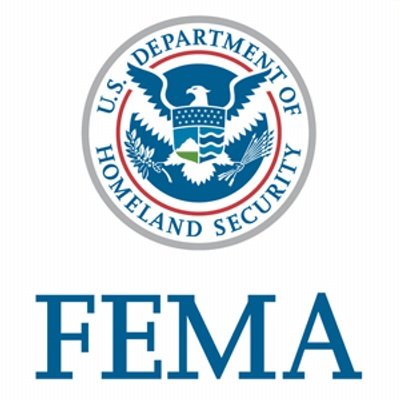Harvey: A Year of Recovery and Remembrance
Style Magazine Newswire | 8/24/2018, 5:27 p.m.
1: It takes ONE team of partners at the local, state and federal level, and from nonprofit agencies, the private sector and the survivors themselves to recover from Hurricane Harvey.
18: Long-term recovery groups established to help survivors continue their recovery.
41: Counties designated for Individual Assistance.
53: Counties designated for Public Assistance.
83: Disaster Recovery Centers (DRCs) opened to support survivors.
295: Communities in Harvey-impacted area participating in the National Flood Insurance Program (NFIP).
1,279: Applicants’ Requests for Public Assistance.
1,471: Public Assistance obligated projects to repair damaged infrastructure.
19,049: Survivors assisted by temporary housing and innovative repair programs.
41,500: Number of square miles of land mass impacted by Hurricane Harvey (larger than Connecticut, Massachusetts, New Hampshire, Rhode Island and Vermont combined).
54,640: Households that have checked out of FEMA’s Transitional Sheltering Assistance program.
91,353: NFIP claims closed.
96,301: Texans who visited with a mitigation specialist in a local hardware store or DRC to learn how to build, rebuild or repair stronger and safer.
287,867: Texans who were assisted through a DRC.
373,470: Approved FEMA Individual and Households registrations.
12,953,322: Cubic yards of debris cleaned in Harvey-impacted areas.
$23,311,619: Funds dedicated to Disaster Unemployment Assistance.
$891,014,201: Obligated for Public Assistance projects.
$1,635,707,823: Grants for Housing and Other Disaster-related expenses paid to survivors.
$3,395,627,700: Approved U.S. Small Business Administration (SBA) low-interest loans.
$4.36 Billion: In the hands of Houstonians.
$8.8 Billion: In NFIP payments.
$13.82 Billion: In survivors’ pockets from federal and state grants, SBA low-interest disaster loans, and NFIP payments.




